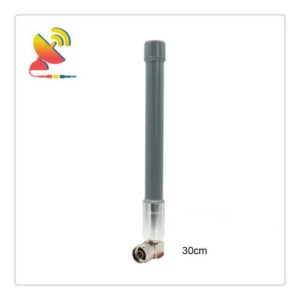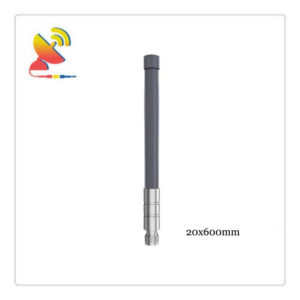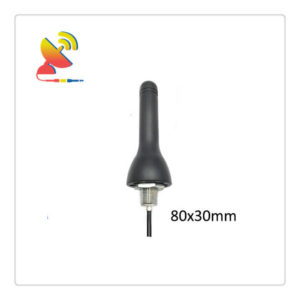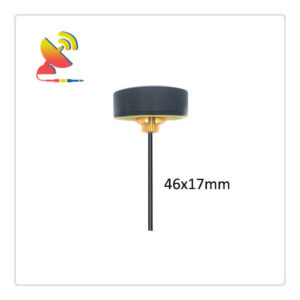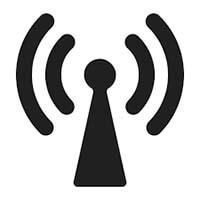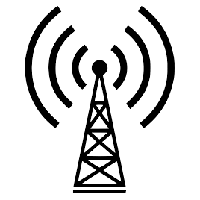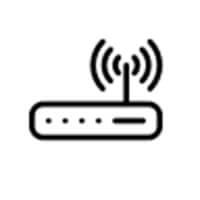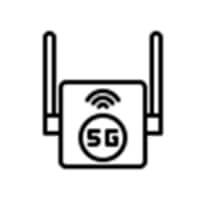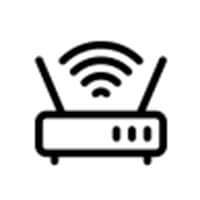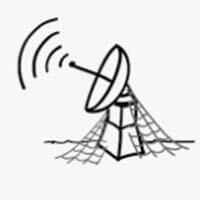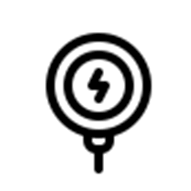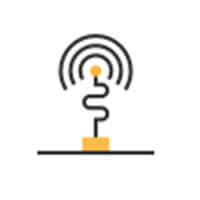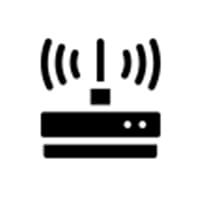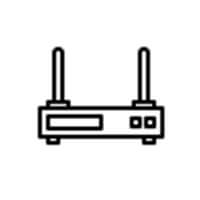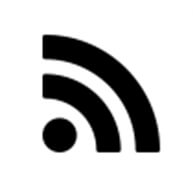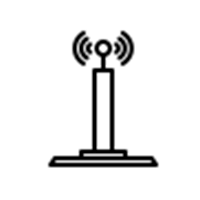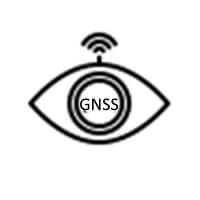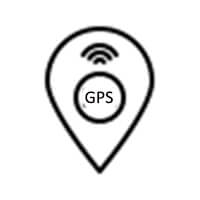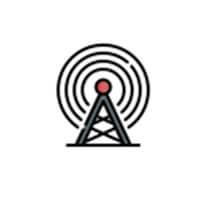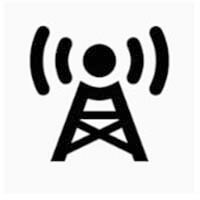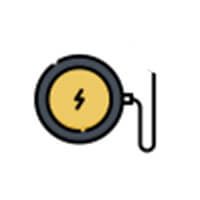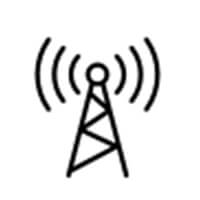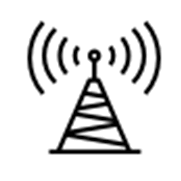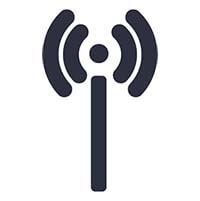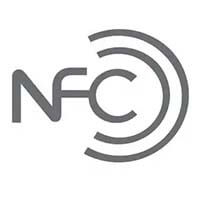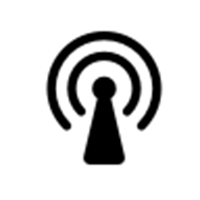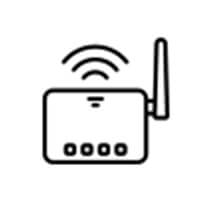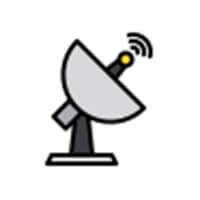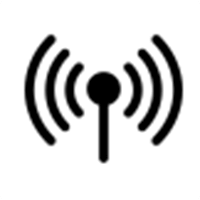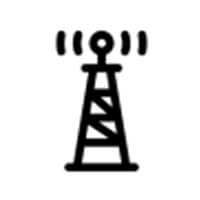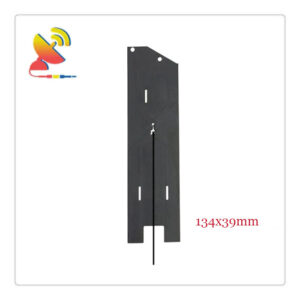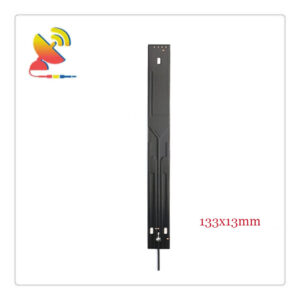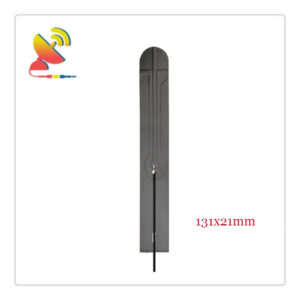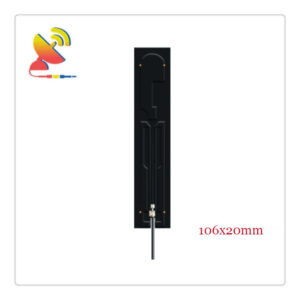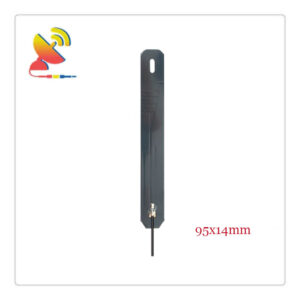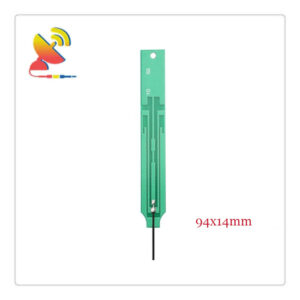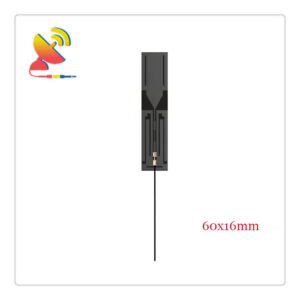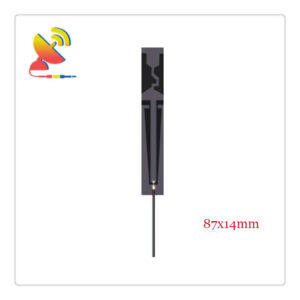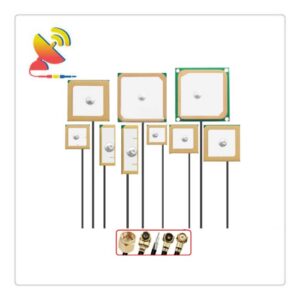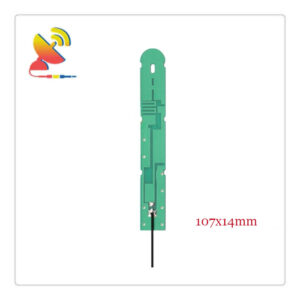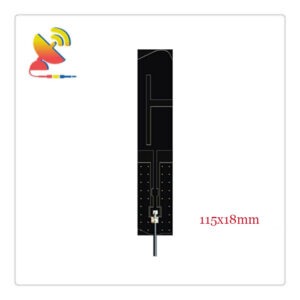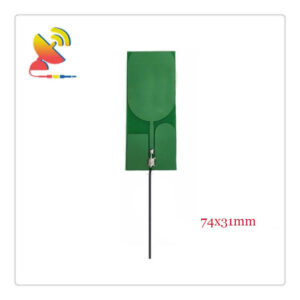IoT
Cellular is the most common service used for the internet of things which is the network of physical devices, vehicles, home appliances, and others. IoT and the Cellular service enables these things to connect and exchange data.
M2M
Machine to machine communication can include industrial instrumentation, enabling a sensor or meter to communicate the data it records to application software that can use it.
Antennas For IoT & M2M Applications
C&T RF Antennas Inc develops new antennas for 5G, 4G, NB-IoT, and LTE, addressing the wide frequency band and various bandwidth demands from cellular Internet of Things (IoT) devices.
They are able to provide a variety of band solutions ranging from 600MHz to 6000MHz/6GHz.
Depending on their system architecture, customers can choose new antennas with different mounting types (e.g. board mount, embedded, external or terminal antenna), cable length, and connector options. These antennas can be easily integrated to end devices since no tuning is needed and C&T RF Antennas Inc can offer service for embedding and even complex multiple antennas assemblies.
C&T RF Antennas Inc develops customer-specific antennas for the automotive and commercial vehicle industry as well as for M2M markets. Major carmakers rely on C&T RF Antennas Inc to provide the cellular antennas for their connected car solutions.
The antennas are also available as standard aftermarket products for vehicles and other mobile and stationary objects. For voice and data transmission, our antennas cover the full frequency ranges of GSM, UMTS, and LTE.
By investing in new test equipment C&T RF Antennas Inc is also well prepared for the upcoming 5G standard. Beyond that, we can offer cellular antennas also in combination with other services as e.g. GNSS, WLAN, Bluetooth, etc. in one design.
For use in vehicles, we offer variable designs for different interior and exterior installation spaces in dry or moisture-prone areas: short rod antennas, combo antennas, flat blade antennas, integrated antenna systems with flexible connection geometry (unconnected cable end or direct connector).
C&T RF Antennas Inc offers a broad selection of standard antennas and an impressive capability for custom antenna solutions; we work closely with customers to achieve successful integration solutions.
Our LDS antennas can save valuable space in your application by integrating high frequency, mechanical and electrical functionality into one component.
Whether you work on communications equipment or consumer devices, IoT, or machine-to-machine (M2M) applications, or applications in the connected home space – our antenna specialists can work with you to develop the right antenna solution for your design.

